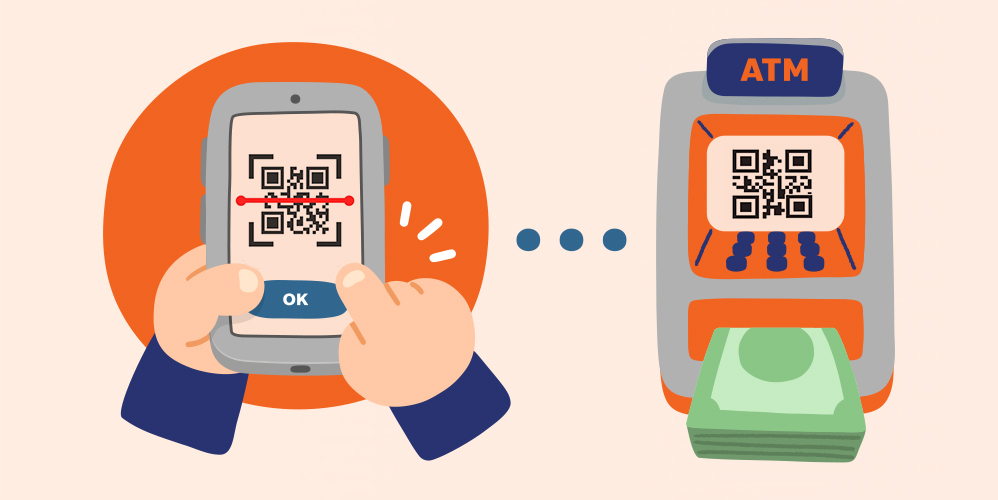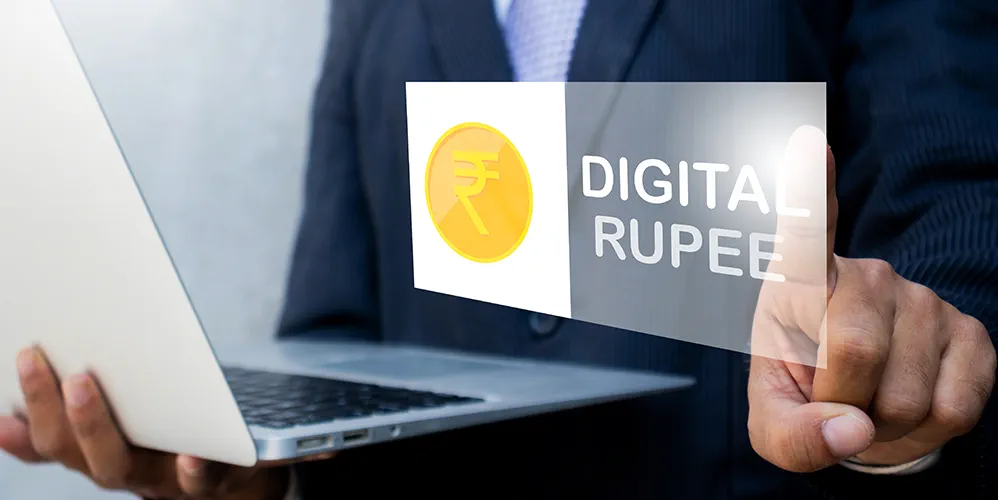
Increased Interest Rates for Senior Citizen Savings Schemes, KVP, NSC & Post Office Time Deposits
08 Mar 2023

Table of Content
Increased Interest Rates on Small Saving Schemes
Various small savings schemes have had their interest rates increased by the Indian government in an announcement, including the National Savings Certificate (NSC), Senior Citizen Savings Scheme (SCSS), Post Office Time Deposit Schemes (POTD), Post Office Monthly Income Scheme (POMIS), and Kisan Vikas Patra (KVP). This move is aimed at providing better returns to small investors and promoting savings culture in the country. Let's take a closer look at the new interest rates of each of these government schemes , which are applicable from January 1, 2023.
National Savings Certificate (NSC) Interest Rate
NSC is a popular savings scheme that offers tax benefits to investors. The government has increased the interest rate of NSC from 6.8% to 7.0% per annum. The tenure is five years, and the interest is compounded annually, making it an attractive option for long-term savings.
Senior Citizen Savings Scheme (SCSS) Interest Rate
The Senior Citizen Savings Scheme (SCSS) is a popular savings option for senior citizens in India. The government has increased the interest rate on SCSS from 7.4% to 8.0% per annum. The investment tenure for SCSS is five years, and the interest is paid quarterly.
Post Office Time Deposit Schemes (POTD) Interest Rate
The Post Office Time Deposit Schemes (POTD) offer fixed deposit options to investors. Current rate of interest for term deposit from 1 year to 5 year is in the range from 6.6% to 7.0%. The investment tenure for POTD ranges from 1 year to 5 years and the interest is paid at maturity.
Post Office Monthly Income Scheme (POMIS) Interest Rate
The Post Office Monthly Income Scheme (POMIS) is a popular savings option for those looking for regular income. The government has increased the interest rate on POMIS from 6.6% to 7.1% per annum. The investment tenure for POMIS is five years, and the interest is paid monthly.
Kisan Vikas Patra (KVP) Interest Rate
Kisan Vikas Patra (KVP) is a savings scheme that offers returns linked to the tenure of investment. The government has increased the interest rate on KVP from 6.9% to 7.2% per annum. The investment tenure for KVP ranges from 2 years and six months to 120 months.
Conclusion
The recent hike in the interest rates of small savings schemes is a positive step towards promoting a savings culture in India. This move will provide better returns to investors. However, it's important to do your own research and consult a financial advisor before making any investments decisions.
Popular Articles
Tag Clouds
Related Articles

The Future of Green Hydrogen: How Bank of Baroda’s Green Hydrogen Financing Scheme is Leading the Way









-
Disclaimer
The contents of this article/infographic/picture/video are meant solely for information purposes and do not necessarily reflect the views of Bank of Baroda. The contents are generic in nature and for informational purposes only. It is not a substitute for specific advice in your own circumstances. Bank of Baroda and/ or its Affiliates and its subsidiaries make no representation as to the accuracy; completeness or reliability of any information contained herein or otherwise provided and hereby disclaim any liability with regard to the same. The information is subject to updation, completion, revision, verification and amendment and the same may change materially. The information is not intended for distribution or use by any person in any jurisdiction where such distribution or use would be contrary to law or regulation or would subject Bank of Baroda or its affiliates to any licensing or registration requirements. Bank of Baroda shall not be responsible for any direct/indirect loss or liability incurred by the reader for taking any financial decisions based on the contents and information mentioned. Please consult your financial advisor before making any financial decision.
UPI ATM launched: Check How to withdraw cash from UPI ATM
Imagine a world where you can withdraw cash from an ATM without needing your trusty debit or credit card. Well, that world is here, and it's called the UPI ATM! It is a groundbreaking innovation in the world of banking that allows you to withdraw money without the hassle of carrying a card. In this blog, we'll walk you through the step-by-step process of how to withdraw cash from an ATM using UPI and explore its key features. So, let's dive in and learn how to use this exciting new technology.
How will RBI's Digital Rupee Work & How is it Different
With the pilot launch of Central Bank Digital Currency, India has taken a significant step towards digitising its financial ecosystem. Central Bank Digital Currency (CBDC) is the electronic version of the nation’s official currency and is issued by respective country's central bank. In India, the RBI (Reserve Bank of India) will issue this legal tender, also known as the digital rupee .

